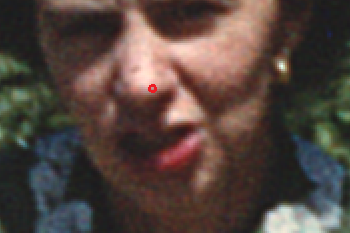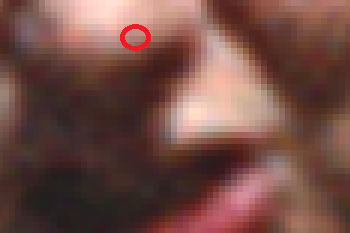
The first table shows how the same film looks using our 4 different processes. You can see that the difference can be significant for our Council Bluffs customers.
The second table presents a case for scanning 8mm and Super 8 film at 2K resolution. In the past year we have done 20 comparisons. Contrary to popular belief, we do see a noticeable difference in quality between our Pro HD and Pro 2K process on 8mm and Super 8 film.
In general it is recommended that you scan at or above the resolution of the film. For 8mm and Super 8 that means scanning at HD or 2K.
8mm And Super 8 Film Council Bluffs |
|
SD Scan
|
|
Pro HD Scan
|
|
Pro 2K Scan
|
|
Pro 4K Scan
|
|
Film Resolution |
|
Resolution of Film |
|
Film Grain
|
|
Film Grain vs Digital Pixel
|
|
So, for example, if you are looking for the best quality DVD, scan your 8mm or Super 8 at HD. If you are looking to go to BluRay then scan your 8mm or Super 8 at 2K.
Professional films usually have access to the original camera negative in addition to work prints, answer prints, etc. It is always better to scan using the original camera negative.
Council Bluffs Fun Facts: Council Bluffs, Iowa, in Pottawattamie county, is located 4 miles E of Omaha, Nebraska. The people of the city are in the Omaha metropolitan area. Council Bluffs has a population of 58,268. Council Bluffs, Iowa, in Pottawattamie county, is located 4 miles E of Omaha, Nebraska.
Iowa Fun Facts: Iowa is bounded by the states of Minnesota to the north, Wisconsin and Illinois to the east, Missouri to the south, and Nebraska and South Dakota to the west. Des Moines, in the south-central part of the state, is the capital. The state name is derived from the Iowa Native American people who once inhabited the area. Iowa was admitted to the union as the 29th state on Dec.











